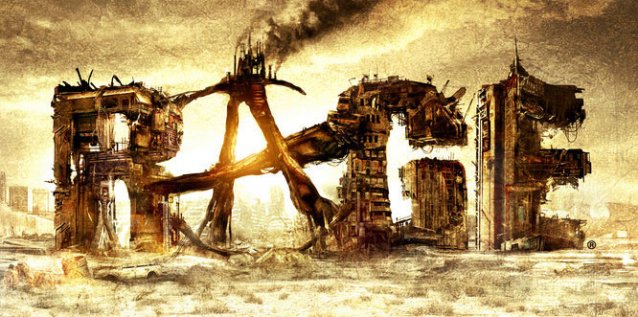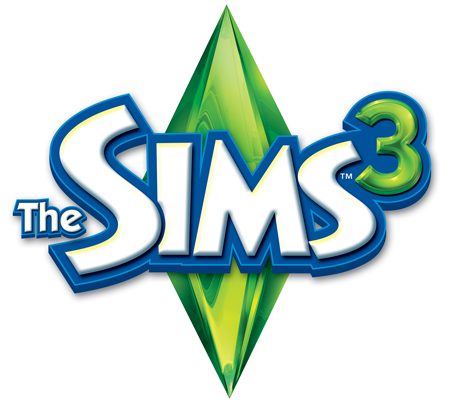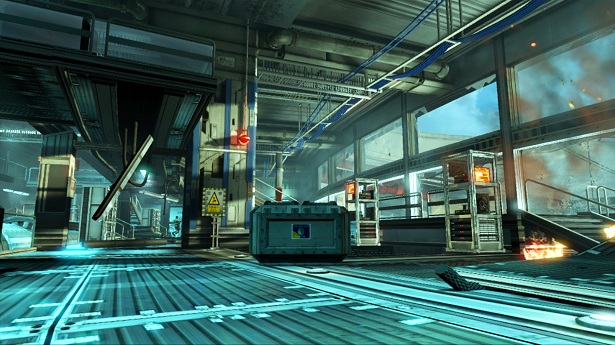

Dec 13, 2007
Jenga - the real game - is ostensibly a party game that draws people together by having them dismantle a tower of blocks. In reality, it's usually just more work than its worth, breaking down into a mess in less time than it takes to set up. If Atari's attempt to virtualize this game is successful in any way, it's that it emulates that problem of being more of a pain than a fun experience, with or without friends.
In real Jenga, the actual challenge comes with pulling out a block, after which you can usually toss it on top of the tower without a worry. In the game, pulling blocks is made simple due to the game outlining your best choices in green. When you're tasked with putting them on top, though, things get infinitely more complex.
The Wii remote simply does not work well for sensing forward and backward movement. Also, the physics, the one seeming necessity for a game of Jenga, are deficient. You can't actually "feel" the blocks as you pull them out, and towers grow to unbelievable heights, almost never falling - as they should - due to blocks being stacked in an unstable manner. Instead the round usually ends when a player flinches at the wrong time and knock blocks aside with their virtual hand.
The primary effort to bring interest to the game of Jenga comes in the form of a series of wildly generic settings. There's a fire level, an ice level and even an underwater level. Each world comes with its own minor changes to the Jenga formula. In the China level, for example, the blocks are made of stone that is occasionally overtaken by vines. Any block with vines on it cannot be pulled. It's a nice way to mix things up, but rarely do the changes actually make things fun.




 Primal Carnage: Extinction Wiki – Everything you need to know about the game .
Primal Carnage: Extinction Wiki – Everything you need to know about the game . Mirrors Edge Catalyst (2016): What We Know So Far
Mirrors Edge Catalyst (2016): What We Know So Far Heroes Of The Storm: Butcher Assassin Build Guide
Heroes Of The Storm: Butcher Assassin Build Guide Most Popular Chrome Extensions and Posts of 2015
Most Popular Chrome Extensions and Posts of 2015 Goldeneye 007: Reloaded Walkthrough
Goldeneye 007: Reloaded Walkthrough